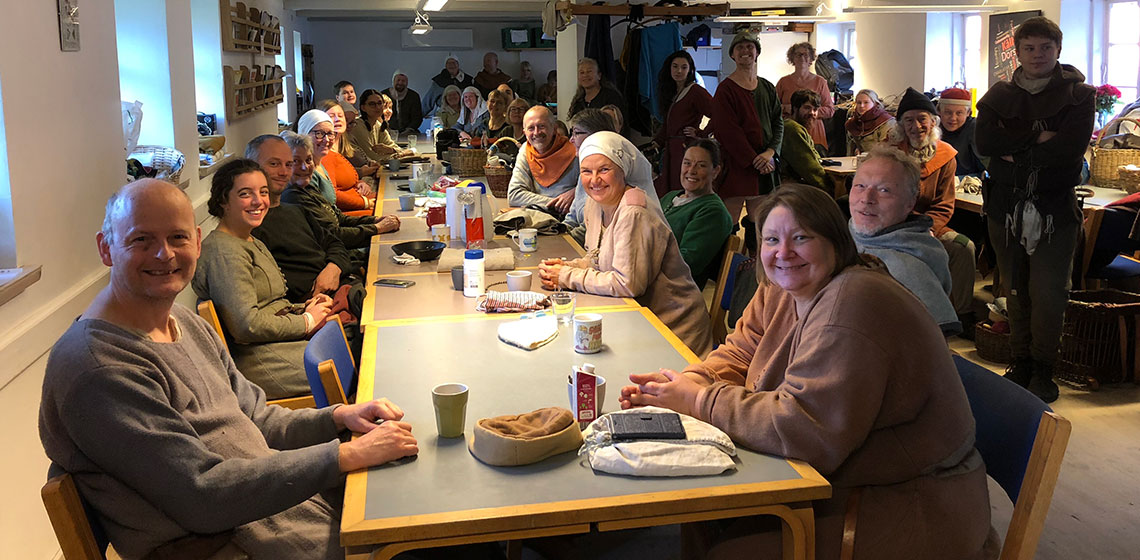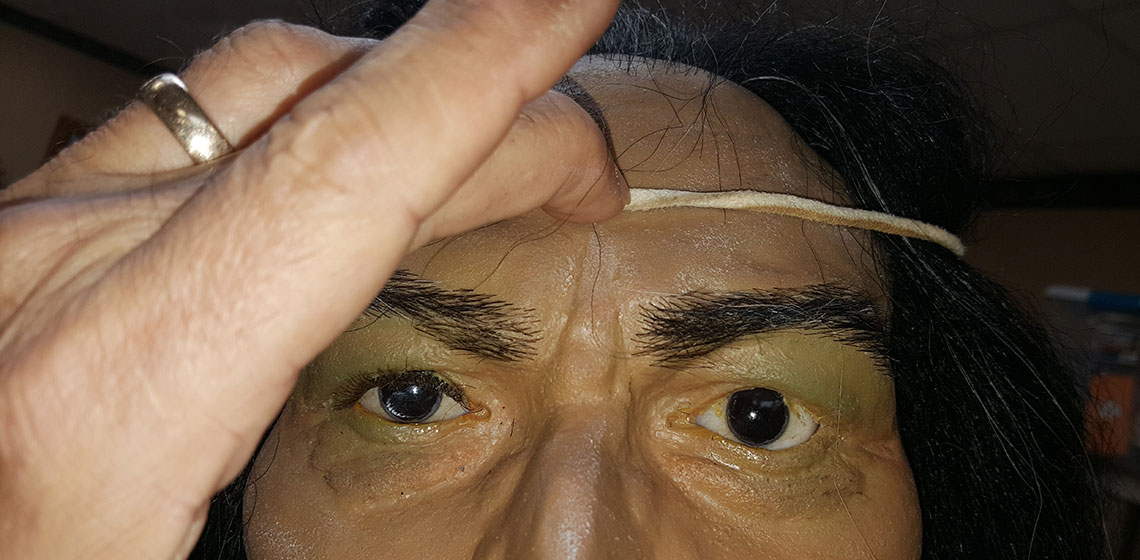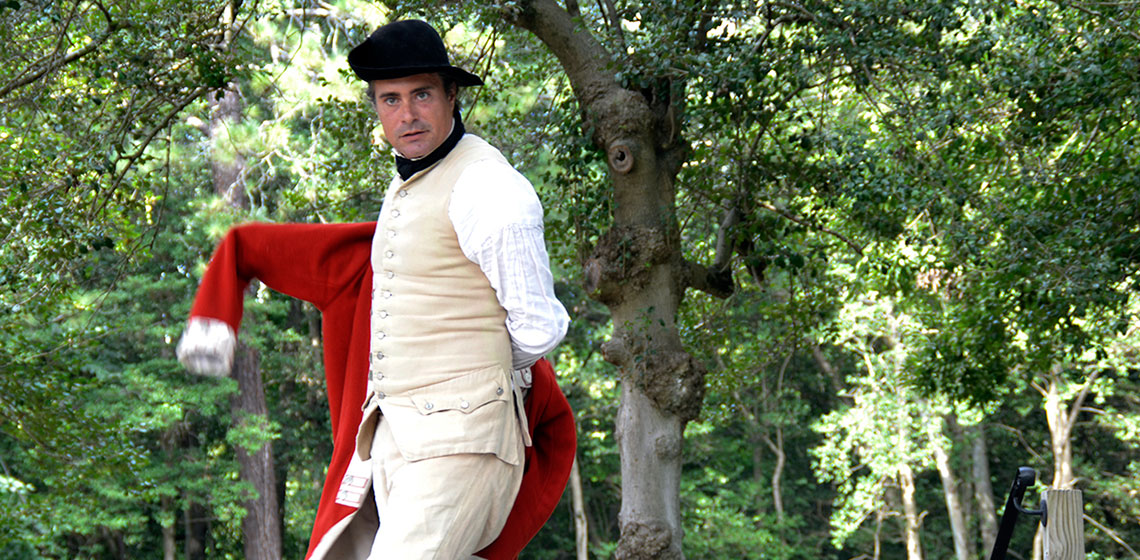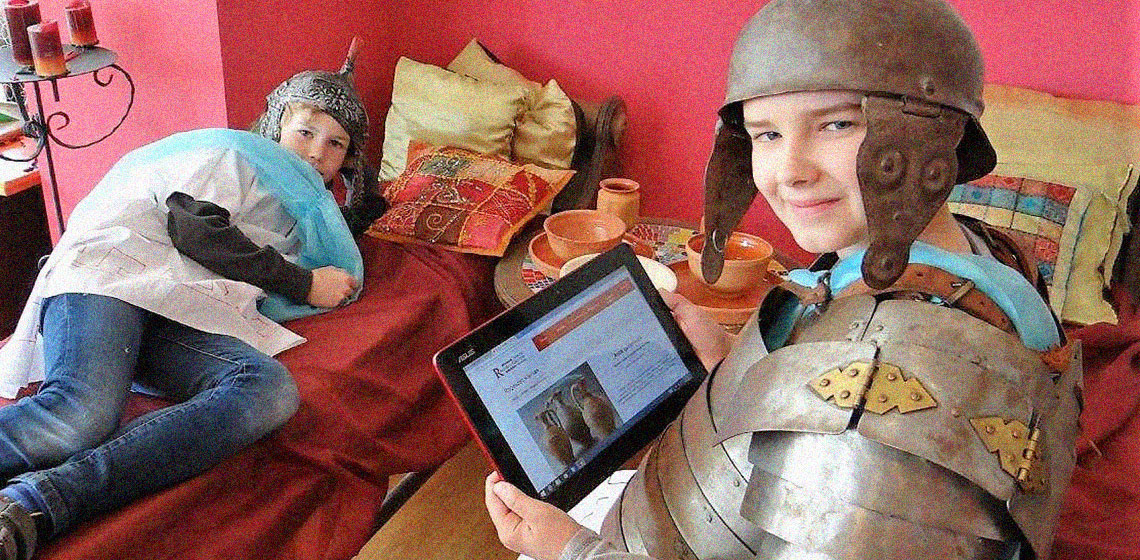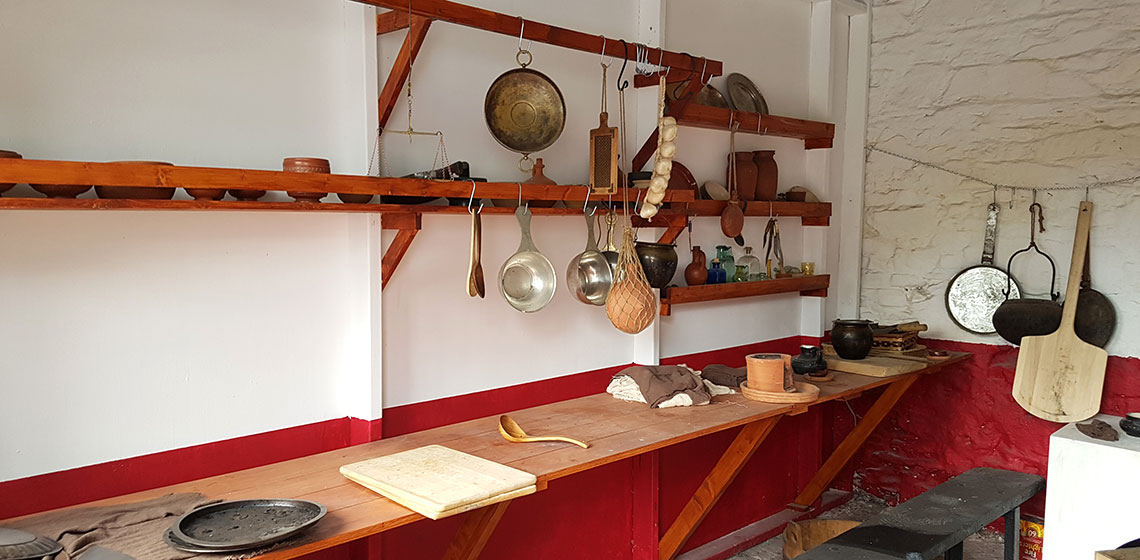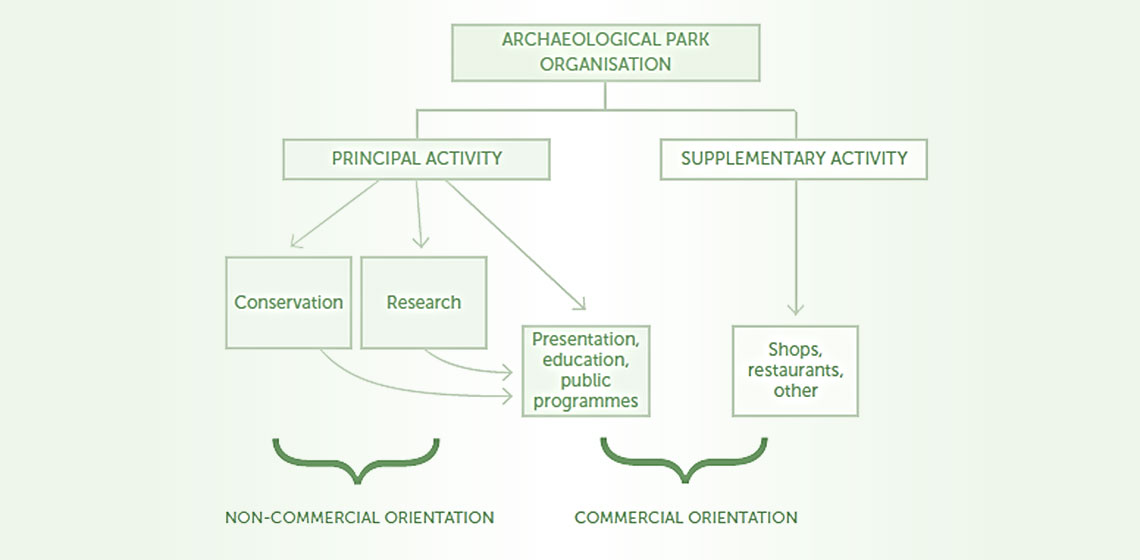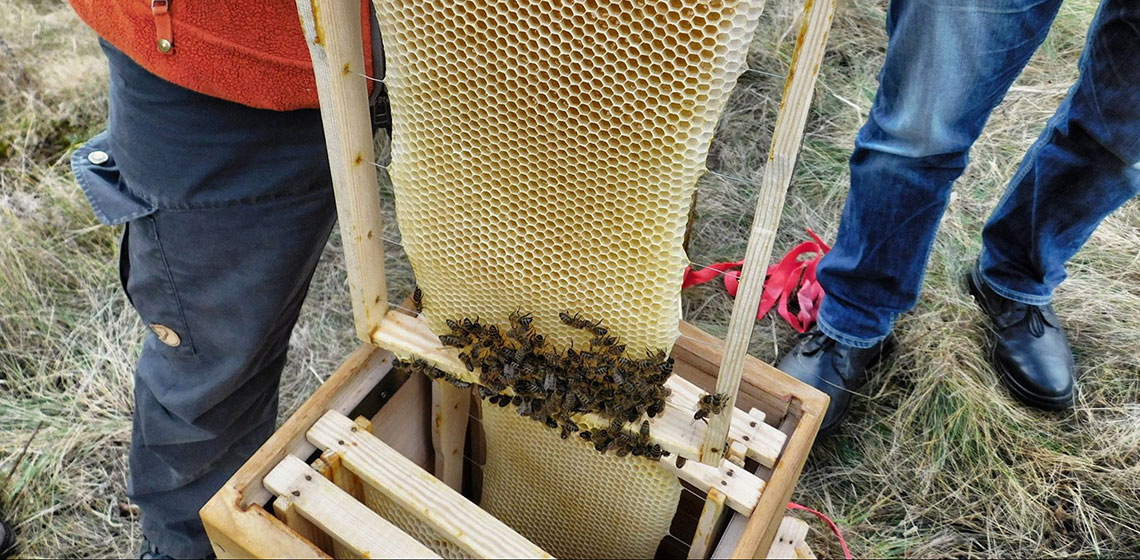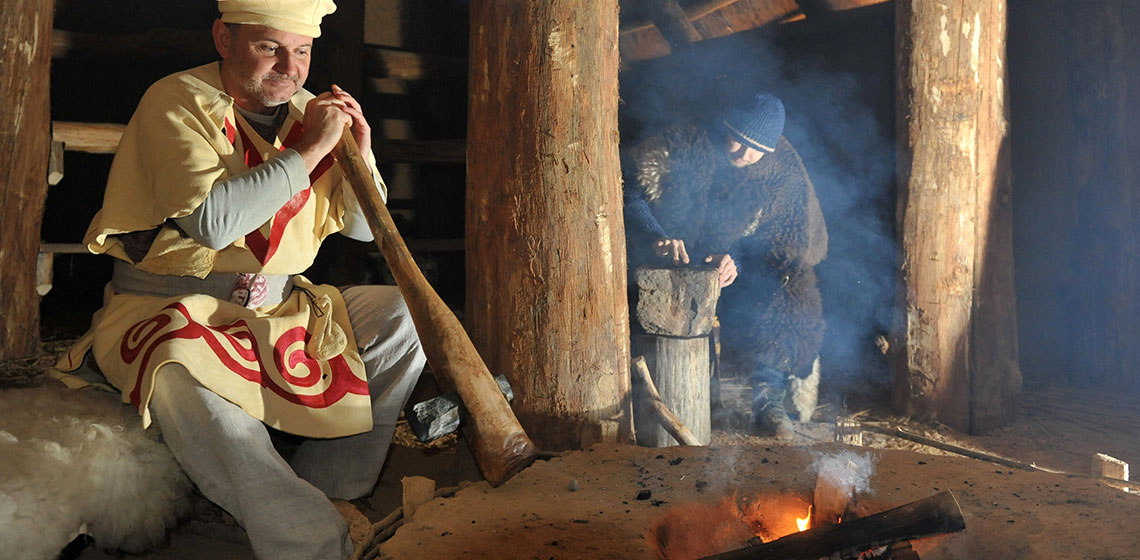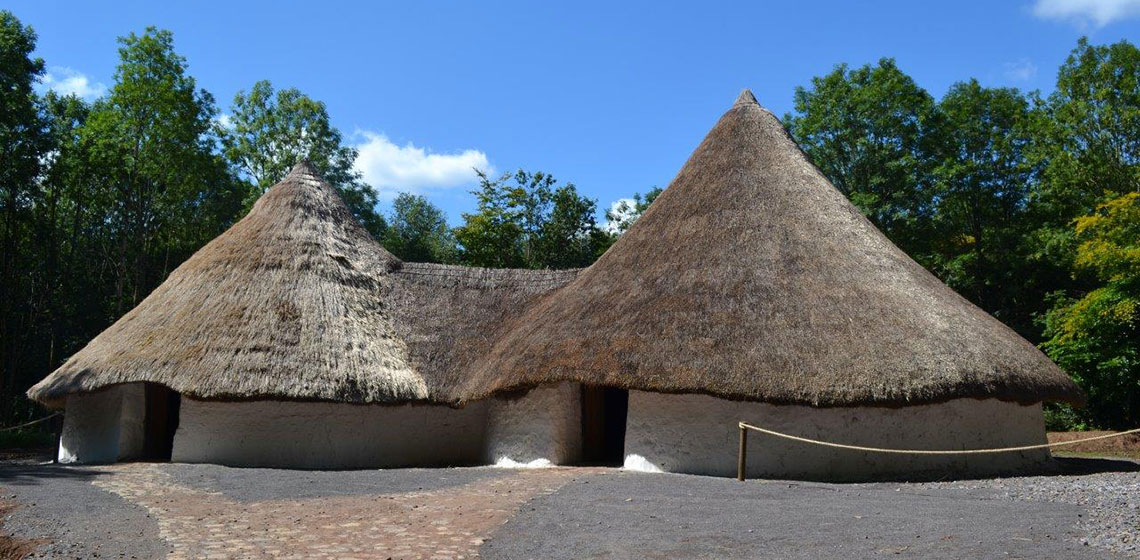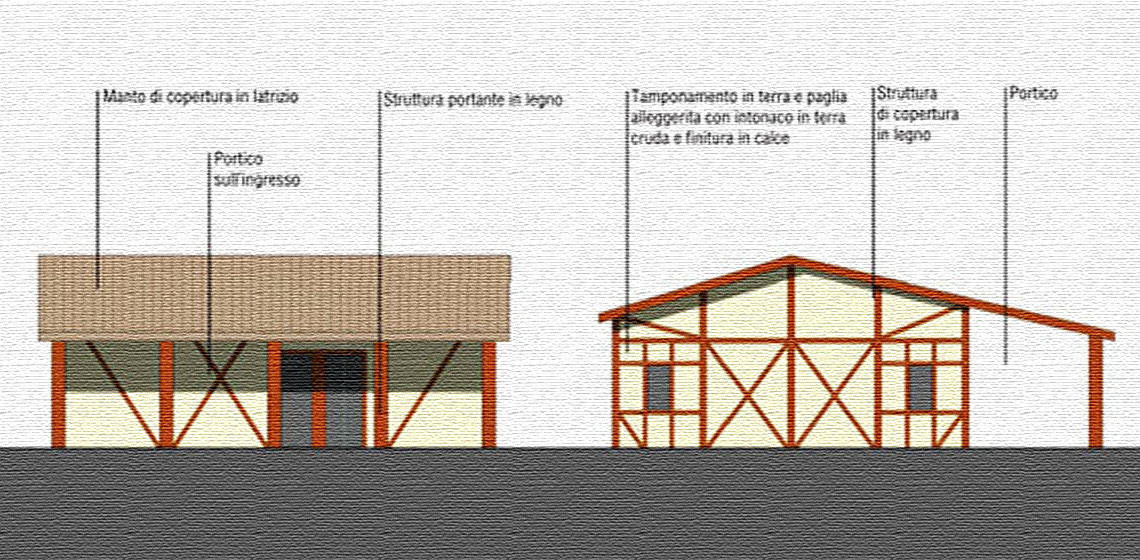How to Make a Medieval Town Come Alive – the Use of Volunteers in Living History
***For over 25 years The Medieval Centre/Middelaldercentret in Nykøbing F. Denmark has used volunteers to inhabit the reconstructed medieval town of Sundkøbing. To combine the use of volunteers and living history is not easy or something that happens spontaneously. It is hard work and requires patience, strength and firmness, but also...

